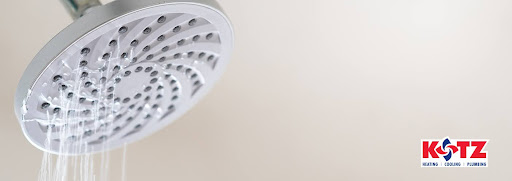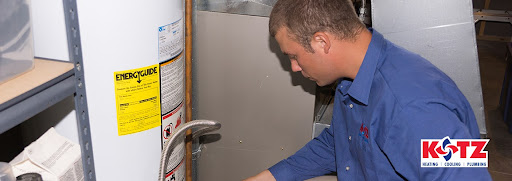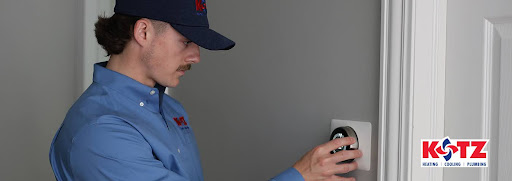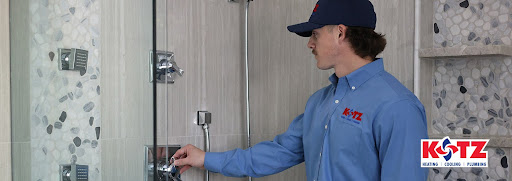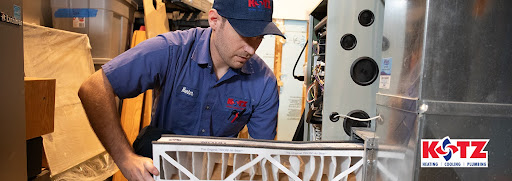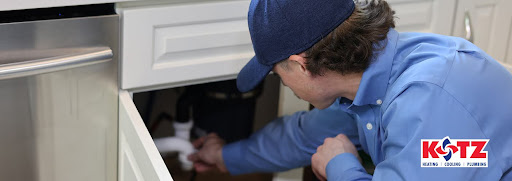Carbon monoxide (CO) is a gas that can not be seen, smelled or tasted but it can be harmful. Carbon monoxide – which occurs in harmless amounts naturally in the environment as a result of the deterioration of animal products – is also a by-product of fuel burning appliances such as furnaces, boilers and water heaters.When these devices are operated in areas without proper ventilation or are not working properly, harmful and even fatal levels of CO may be produced.
Symptoms experienced by people who are exposed to low and moderate levels of CO poisoning include nausea, dizziness, headaches, shortness of breath and fatigue. These symptoms are comparable to those seen in minor illnesses such as the common cold or flu, so they are frequently ignored. But they shouldn’t be. Low-level poisoning often leads to high-level exposure to CO, which can cause death in just a few minutes. In fact, the Center for Disease Control reports every year more than 400 deaths nationally are attributed to accidental carbon monoxide poisoning.
So, what can you do to protect yourself and your family? First, you can purchase a CO detector at your local hardware store, but be aware that they can be hit-and-miss in detecting low-level emissions. Here is some information on common types of CO detectors that are used:
- Digital Read-out. Featuring an easy-to-read display panel that updates you with the current carbon monoxide concentration in parts per million, this is the most-recommended detector for home use.
- Hard-wired. As the name suggests, this unit is wred directly into your electrical system. It is equipped with a battery backup and should be professionally installed.
- AC Plug-in. Super-convenient, these detectors plug directly into your home’s electrical outlets; no battery replacement is necessary.
- Combination Smoke & Carbon Monoxide Detectors. Eliminates the need for two separate detectors, but not highly recommended due to optimal positioning issues for each detector. Generally speaking, smoke alarms function best when installed on the ceiling, while the best position for a CO detector is on the wall.
Once you have properly installed carbon monoxide detectors in your home or business, it is still a good idea to have a complete carbon monoxide analysis performed by professional HVAC technicians with the proper equipment and certifications. If there are any harmful levels of carbon monoxide present, they will be detected, the source of the leak will be located and a solution to fix it determined. Schedule a tune-up with Kotz today and prevent potentially dangerous carbon monoxide poisoning.


